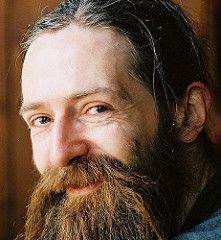Apr 2, 2011
A (Relatively) Brief Introduction to The Principles of Economics & Evolution: A Survival Guide for the Inhabitants of Small Islands, Including the Inhabitants of the Small Island of Earth
Posted by Matt Funk in categories: asteroid/comet impacts, biological, complex systems, cosmology, defense, economics, existential risks, geopolitics, habitats, human trajectories, lifeboat, military, philosophy, sustainability
(NOTE: Selecting the “Switch to White” button on the upper right-hand corner of the screen may ease reading this text).
“Who are you?” A simple question sometimes requires a complex answer. When a Homeric hero is asked who he is.., his answer consists of more than just his name; he provides a list of his ancestors. The history of his family is an essential constituent of his identity. When the city of Aphrodisias… decided to honor a prominent citizen with a public funeral…, the decree in his honor identified him in the following manner:
Hermogenes, son of Hephaistion, the so-called Theodotos, one of the first and most illustrious citizens, a man who has as his ancestors men among the greatest and among those who built together the community and have lived in virtue, love of glory, many promises of benefactions, and the most beautiful deeds for the fatherland; a man who has been himself good and virtuous, a lover of the fatherland, a constructor, a benefactor of the polis, and a savior.
– Angelos Chaniotis, In Search of an Identity: European Discourses and Ancient Paradigms, 2010
I realize many may not have the time to read all of this post — let alone the treatise it introduces — so for those with just a few minutes to spare, consider abandoning the remainder of this introduction and spending a few moments with a brief narrative which distills the very essence of the problem at hand: On the Origin of Mass Extinctions: Darwin’s Nontrivial Error.


 The summer 2010 “
The summer 2010 “ Also speaking at the H+ Summit @ Harvard is
Also speaking at the H+ Summit @ Harvard is 







